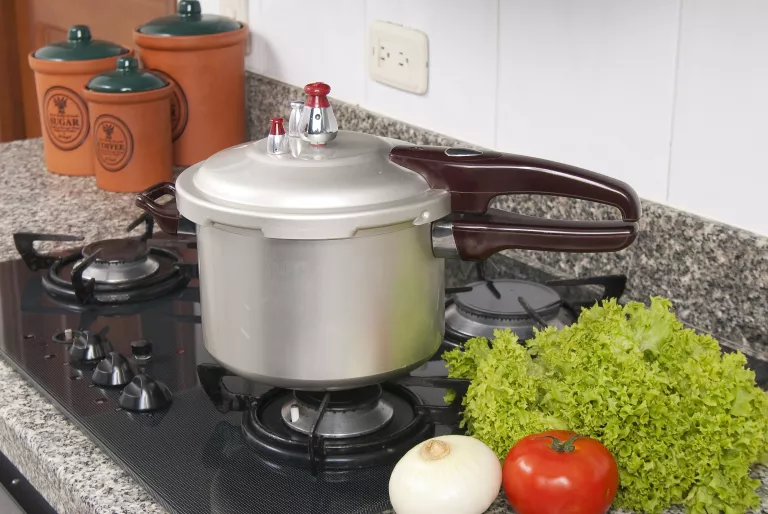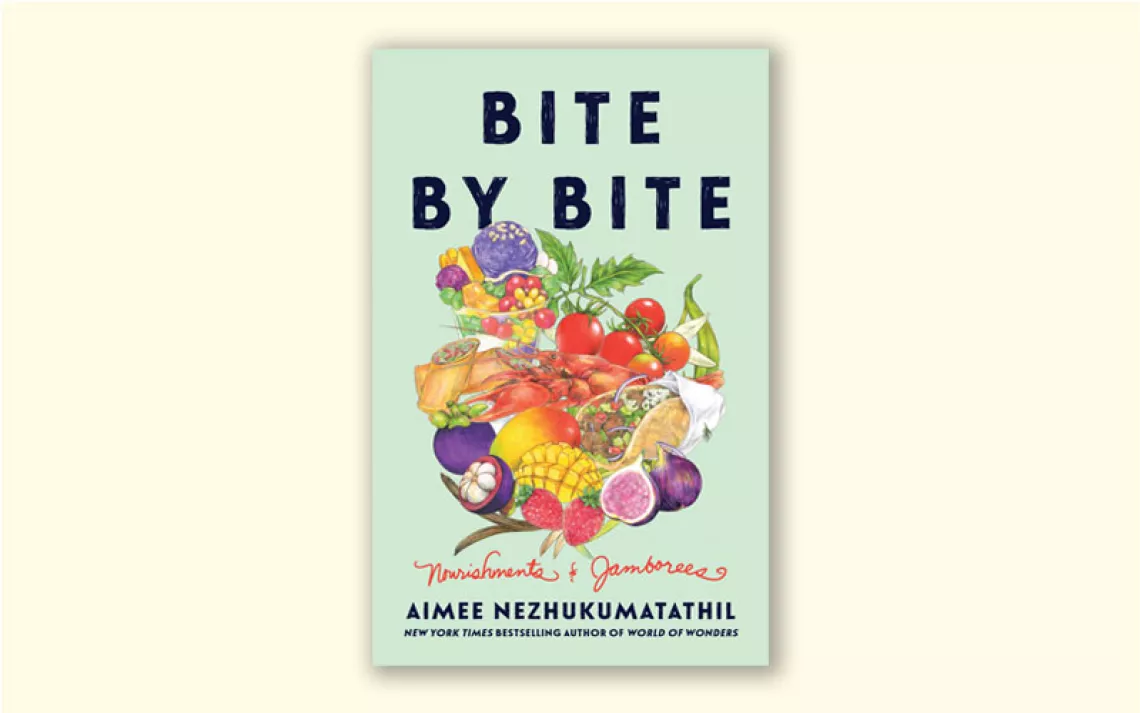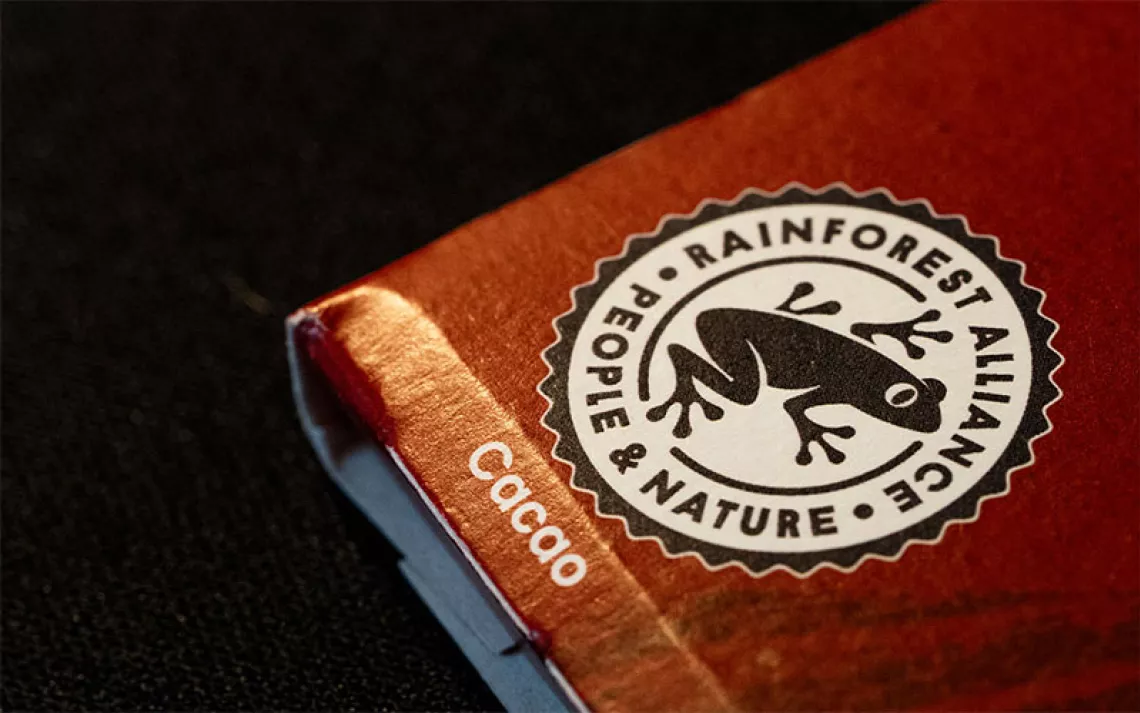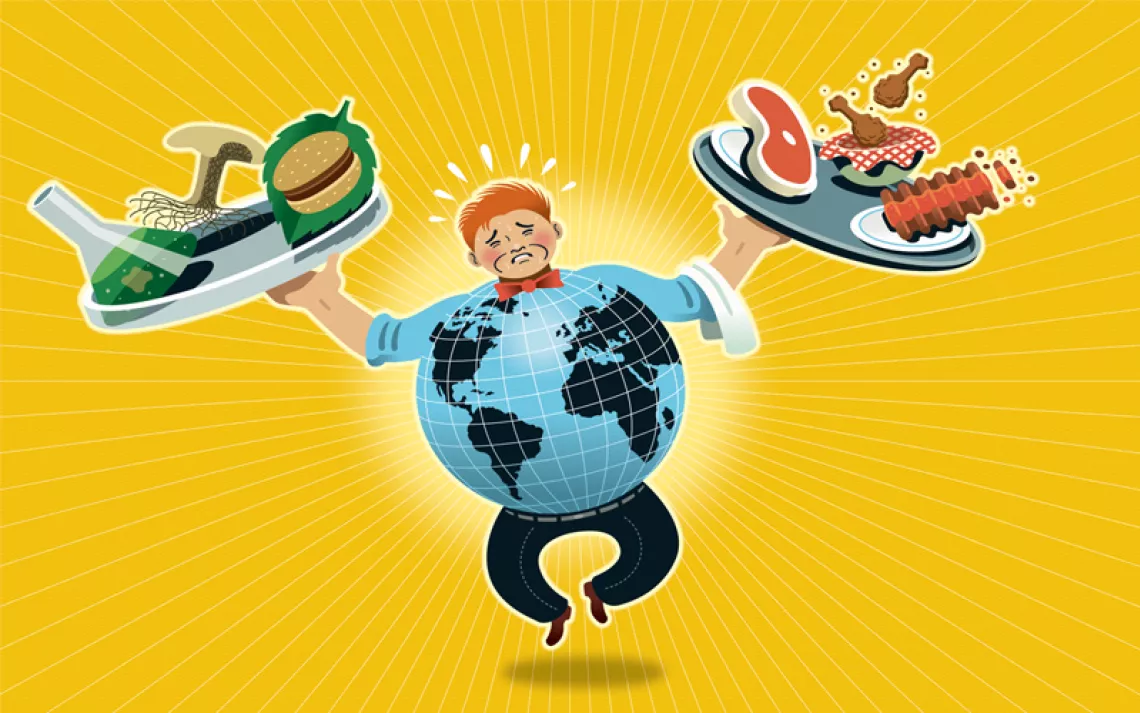The Pressure Cooker is On
Using a pressure cooker cuts stovetop energy use by 50 to 75 percent

MY EXCURSIONS INTO THE KITCHEN have always been iffy. I forget what's on the stove (the smoke alarm reminds me) or tweak ingredients until the results look otherworldly. But in the kitchenette of the local continuing education center, I hung on every word uttered by Mani, a gifted cook from India.
"Do not let the spices burn," she warned, stirring cumin seeds into hot oil as piquant odors wafted from the stove. The most enticing element was Mani's speed. In just five minutes, she transformed hard rice kernels into spiced, savory fluffiness. With a whistle from an unfamiliar device, the food emerged fully cooked, as if she had spent half an hour nursing it to life. Inquiring, we learned the contraption was a pressure cooker.
I described this wonder to my husband, who loves all things that click and whir. Within days, a state-of-the-art pressure cooker arrived at our doorstep. I read the instructions, checked the safety valves, then tackled an Indian potato and cauliflower dish. Sure enough, the vegetables became fork-soft in minutes. Feeling bolder, I dug out a recipe for mushroom, lentil, and wild rice soup. My husband tasted a spoonful--then snatched the bowl from my hands and devoured it.
Why has this technology been forgotten? Current models feature safety valves to prevent the stovetop explosions that propelled pressure cookers out of favor. Now my husband and I dine out less often, saving money and gas. Our stove runs for minutes, not hours. The kitchen stays cooler, reducing the need for air-conditioning. And pressure cookers are great for dry staples like lentils, which are ecofriendly because they require little fuel to cultivate.
But the flavor is the most convincing argument. "Make this soup anytime," said my husband, scraping the last drop from his dish.
 The Magazine of The Sierra Club
The Magazine of The Sierra Club



